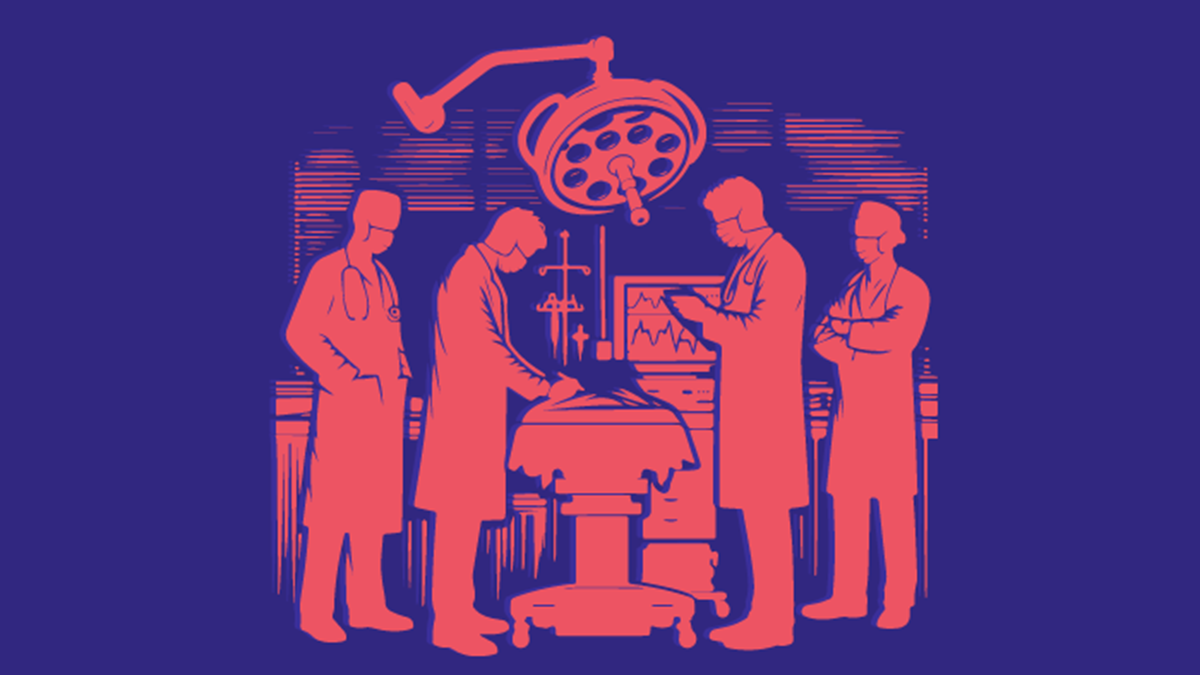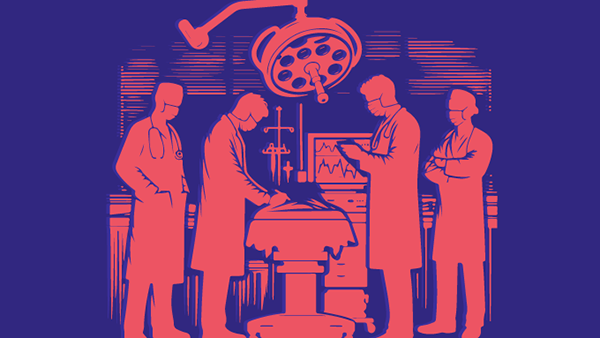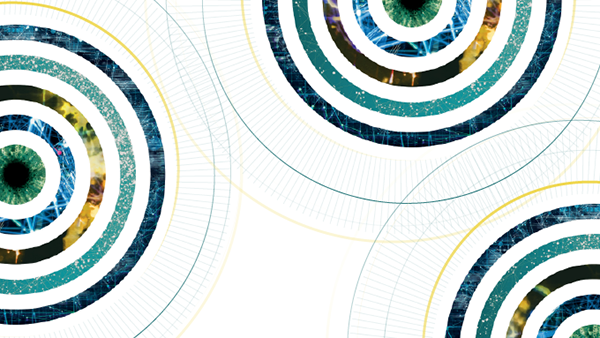Dry Eye Disease: Diagnosis in the Clinical Setting
Targeting DED treatment as early as possible is crucial for both clinicians and patients
Due to the absence of a gold standard test, diagnosing dry eye disease (DED) can present a challenging task. But with the increasing global prevalence of the disease, it is imperative that we focus on early detection and management of DED to alleviate the burden on both clinicians and patients. There are currently several technologically advanced tests that are useful for detecting severe DED cases, but all these tests have limited applicability for intermediate manifestations. Nonetheless, a comprehensive assessment of signs and symptoms, along with some common examinations, can be used to accurately diagnose DED in routine clinical scenarios.
In this article, Srinivas Kamalakara Rao and Pravin Krishna Vaddavalli cover initial triaging and examination, tear homeostasis markers, and further evaluations for DED.
About the Authors
Dr. Srinivas Kamalakara Rao
Darshan Eye Clinic and Surgical Center, Chennai, India
Dr. Pravin Krishna Vaddavalli
LV Prasad Eye Institute, Hyderabad, India
The New Optometrist Newsletter
Permission Statement
By opting-in, you agree to receive email communications from The New Optometrist. You will stay up-to-date with optometry content, news, events and sponsors information.
You can view our privacy policy here
Most Popular
Sign up to The New Optometrist Updates
Permission Statement
By opting-in, you agree to receive email communications from The New Optometrist. You will stay up-to-date with optometry content, news, events and sponsors information.
You can view our privacy policy here
Sign up to The New Optometrist Updates
Permission Statement
By opting-in, you agree to receive email communications from The New Optometrist. You will stay up-to-date with optometry content, news, events and sponsors information.
You can view our privacy policy here







